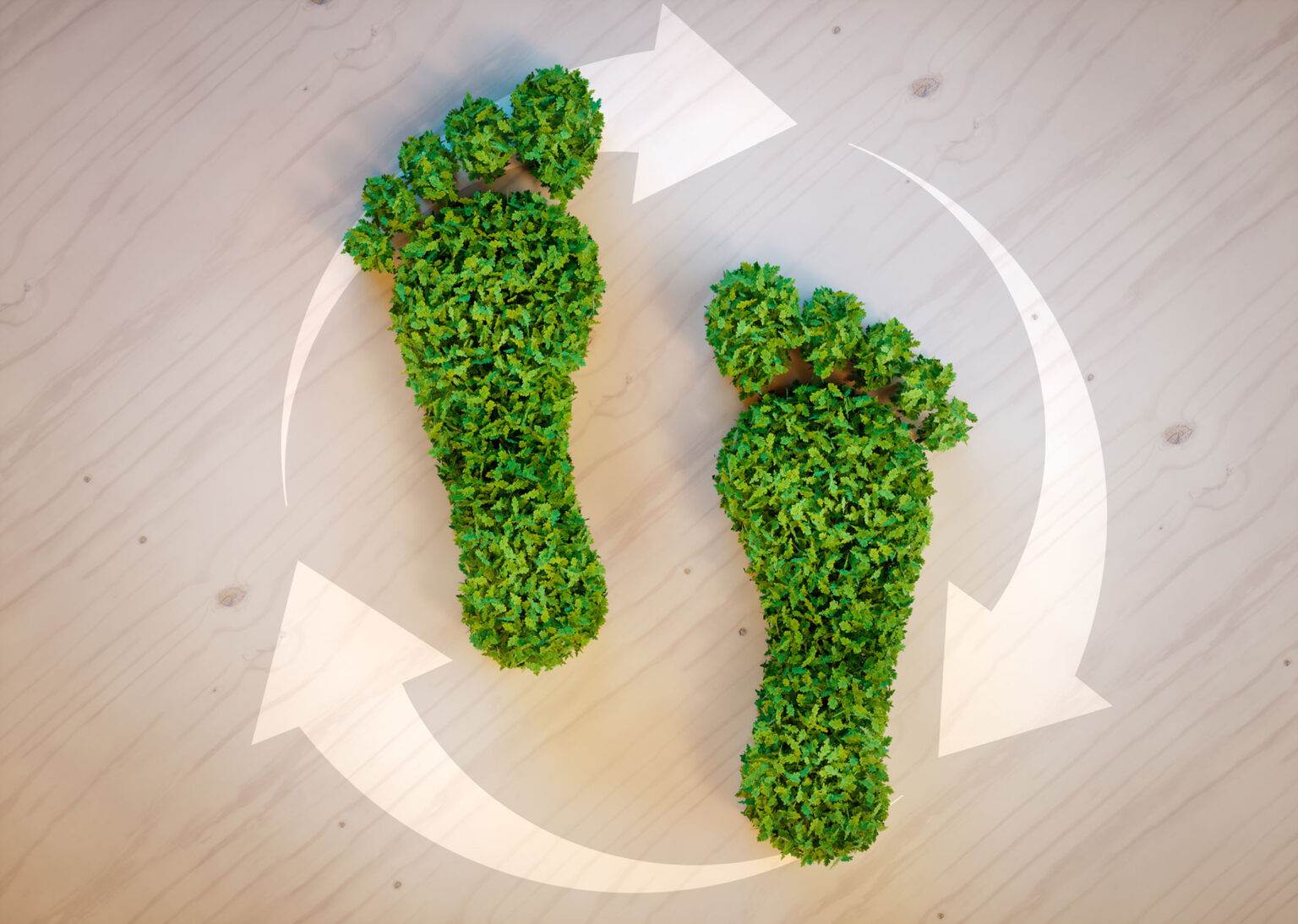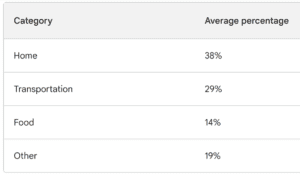How to Reduce Your Carbon Footprint
Your personal carbon footprint is the sum of all the greenhouse gas emissions that you cause by your daily activities, such as using electricity, driving a car, or disposing of waste . It is a measure of how much you contribute to global warming and climate change. Reducing your carbon footprint is important because it helps you to lower your impact on the environment and save natural resources. In this blog post, we will discuss some simple and effective ways to reduce your carbon footprint at home, starting with a discussion of what personal carbon footprint is and why it matters to reduce it.

How to Reduce Your Carbon Footprint
Here is a breakdown of personal carbon footprint for the average American:

You can explore your own carbon footprint more precisely by using the EPA carbon footprint calculator.
One of the major sources of carbon emissions in your household is heating and cooling, which on average accounts for 40% of your total energy use. In this blog post, we will explore some ways to lower your heating and cooling costs and emissions, and make your home more comfortable and eco-friendly.
There are a number of ways you can reduce your carbon footprint at home with green insulation. Some of the most effective methods include:
- Insulating your attic: Attics are one of the biggest sources of heat loss in homes, so insulating them can make a big difference in your energy efficiency. There are a number of different types of insulation available, so you can choose one that is right for your needs and budget.
- Insulating your walls: Walls are another major source of heat loss, so insulating them can also help you save energy. Wall insulation is available in a variety of forms, including batts, blown-in insulation, and spray foam.
- Insulating your floors: Floors can also lose heat, especially if they are made of concrete or tile. There are a number of different ways to insulate your floors, including using radiant barrier insulation, underfloor insulation, or both.
- Insulating your ducts: Ducts can lose heat, which can lead to wasted energy. You can insulate your ducts with duct wrap or spray foam.
- Sealing air leaks: Air leaks can also cause your home to lose heat. You can seal air leaks with caulk, weatherstripping, and other products.
By taking these steps, you can make your home more energy efficient and reduce your carbon footprint.
A good insulation job will increase the resistance to heat flow and reduce air leakage. In modern construction continuous insulation techniques are used in the roof, walls, floors and foundation to reduce heat flow and air leakage. For many older homes in New England, adding foam panels over the existing insulation, and taping and sealing the joints, is a great way reduce heat loss and air leakage, and has the greatest impact on reducing your personal carbon footprint.
However, insulation alone is not enough to make your home more energy-efficient and environmentally friendly. You also need to consider how you generate and use heat and electricity in your home. One of the best ways to do that is to electrify your home and add a heat pump to further reduce energy use.
You can further reduce your environmental impact by utilizing reclaimed, recycled or surplus foam insulation panels from Green Insulation Group.
